There Are 15 Ongoing Space Missions That You Didn't Know About
2015.09.02
Space. The final frontier. Just when you thought there weren't any missions ongoing, here's a list of some 15 that you didn't know were already underway and in operation. The reason why most of us don't know about them is that they take a long time before they're actually operational. Check it out below:


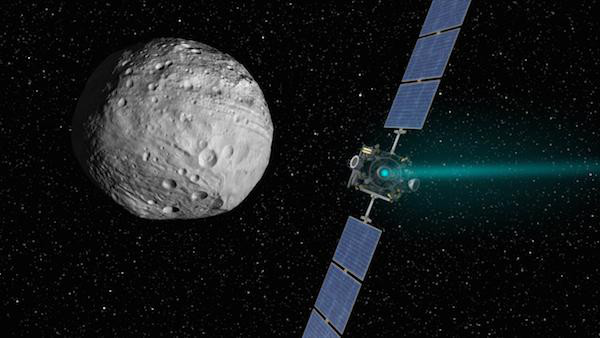
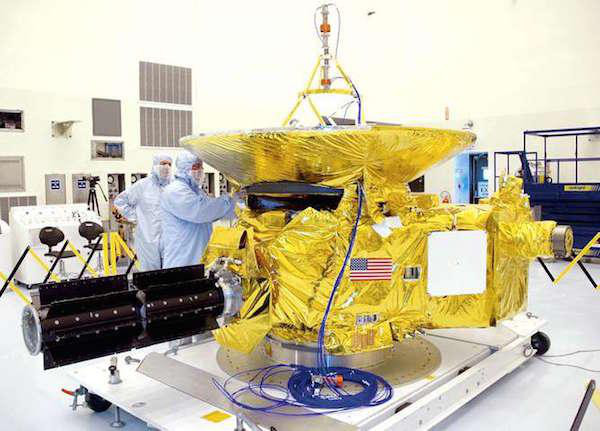
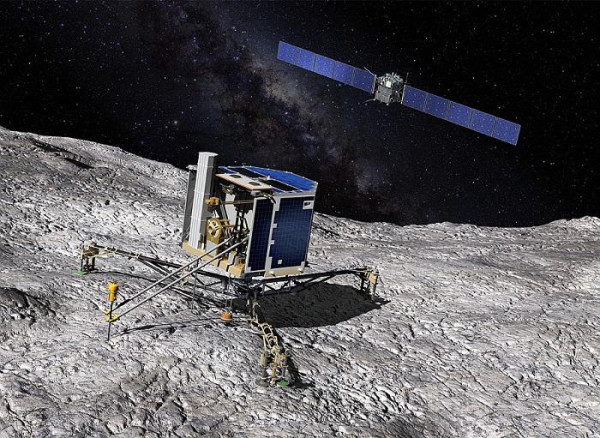
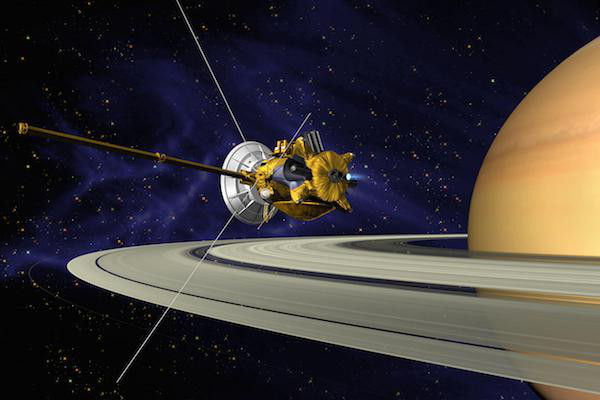
The craft will then lift off leaving an “impactor” floating in space and Hayabusa 2 will then fly to the other side of the comet as the impactor bombs the asteroid.
The probe will then fly back to the impact point and collect deep samples from the giant crater. In 2020, it will return to Earth and deliver the samples to be studied, hopefully bringing light to the origins of life.
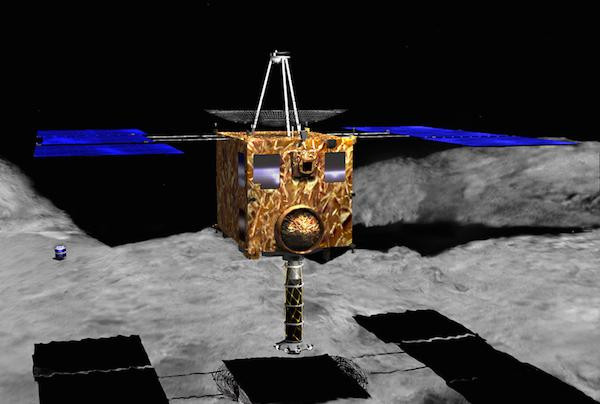
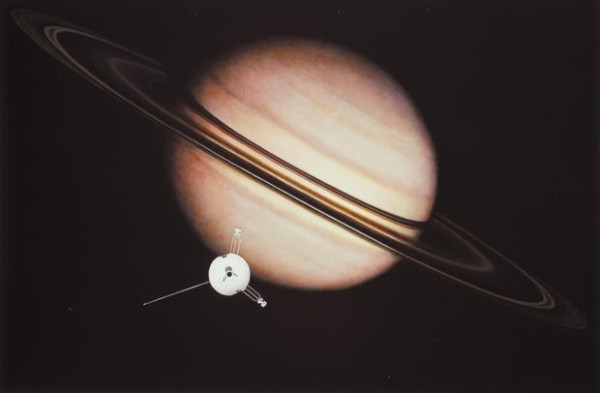
In 1990, Voyager 1 took one of the most famed photographs “the pale blue dot” and our first family portrait.
On August 25th, 2012, Voyager entered interstellar space outside of our solar system. Until around 2030, it is expected to return data on the interstellar medium.
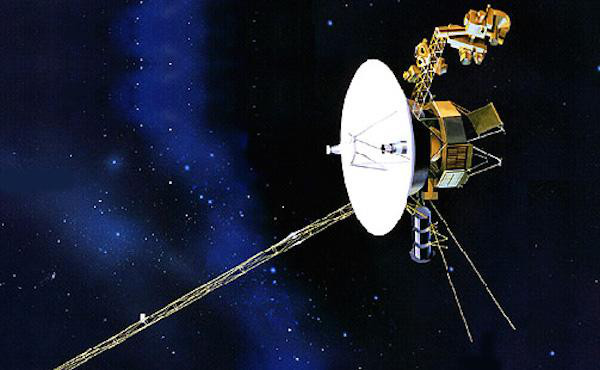
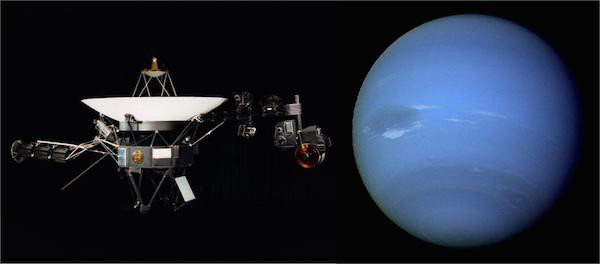
It has identified 4,200 exoplanets and verified over 1000 of them as Earth-like or able to support life.
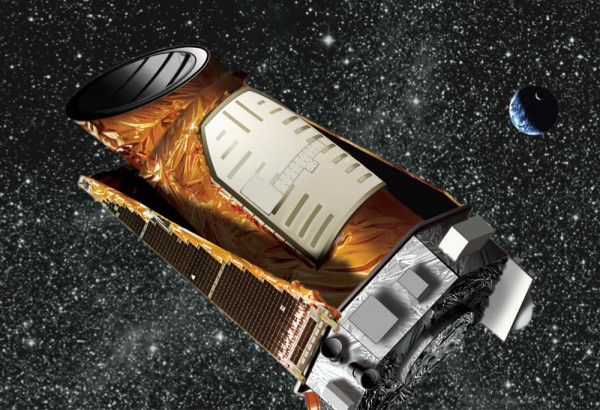
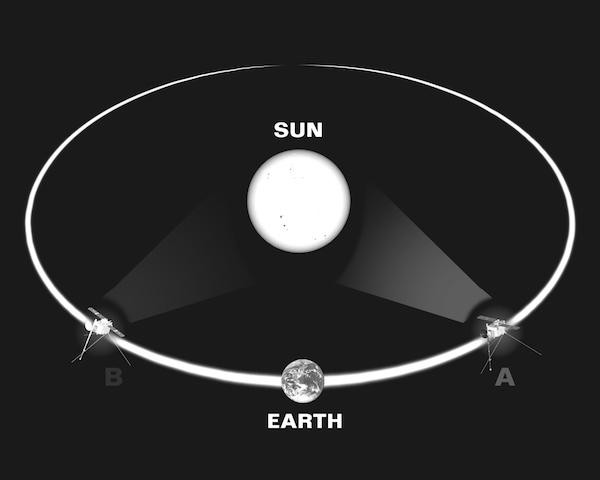
On 24 March 2015, MOM completed its initial six-month mission in orbit around Mars. ISRO extended the mission by an additional six months. The orbiter can reportedly continue orbiting Mars for several years with its remaining propellant.
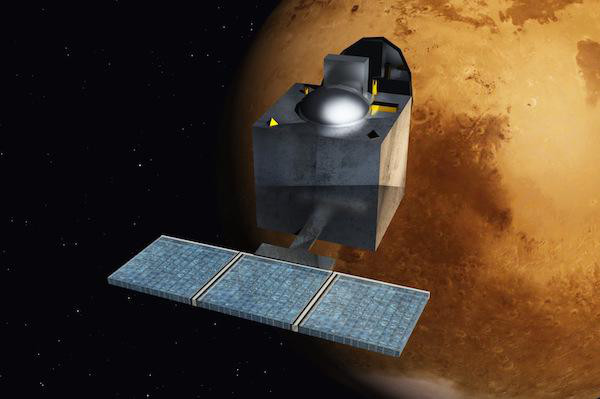
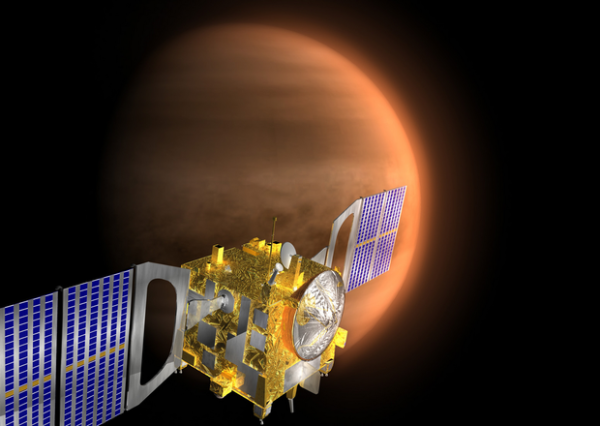
It’s mission is to monitor variable solar wind condition, provide early warning of approaching coronal mass ejections and observe phenomena on Earth including changes in ozone, aerosols, dust and volcanic ash, cloud height, vegetation cover and climate.
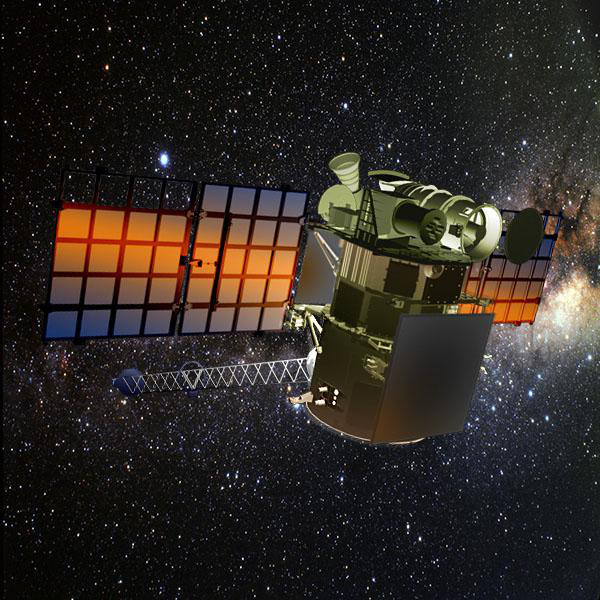
1. Juno: Launched by NASA in 2011
Juno is part of the New Frontiers program and currently speeding toward Jupiter. It will figure out how the planet was formed, what it's made of, and how its formation affects the solar system as a whole. Jupiter is our shield as well as for many of the planets. The probe is expected to arrive on July 4th, 2016.
2. Akatsuki
The Japanese Aerospace Exploration Agency (JAXA) launched the Akatsuki satellite in 2010 to study meteorological phenomena of Venus. In late 2015, Venus and Akatsuki will align and another orbit attempt will be made.
3. Dawn
NASA was forced to cancel most of the Dawn mission because of budget constraints. Its mission is to discover the unexplained white dots on the surface of the exoplanet Ceres.
4. New Horizons
New Horizons final destination is not Pluto. NASA launched it ten years ago as another part of the New Frontiers program. New Horizons reached Pluto on July 14th, 2015. It is currently heading toward the Kuiper Belt and has many potential targets in can reach that NASA is still discussing (they have some time).
5. Rosetta
The European Space Agency landed a probe on a comet. It required four gravity assists, and traveling 317 million miles. The mission continues as the comet inches closer to the sun, where the lander has a greater chance of gaining a solar charge and finding new data with the gasses released as the comet heats up.
6. Cassini
A joint NASA/ESA/ASI (Italy’s space agency) spacecraft was launched in 1997 with Saturn as the target. In 2003, the probe confirmed Einstein's Theory of General Relativity. It arrived at Saturn in May 2004, and started collecting data and launched Huygens, a lander to Saturn's moon, Titan.
7. Hayabusa 2
JAXA’s Hayabusa 2 mission is to determine the origin of life. In 2014, the probe was launched into space where it will rendezvous with the JU3 asteroid in 2018. It will release three small sensors to its surface to collect data.The craft will then lift off leaving an “impactor” floating in space and Hayabusa 2 will then fly to the other side of the comet as the impactor bombs the asteroid.
The probe will then fly back to the impact point and collect deep samples from the giant crater. In 2020, it will return to Earth and deliver the samples to be studied, hopefully bringing light to the origins of life.

8. 8. Pioneer 10 & 11
These probes are still on a an interstellar mission across the universe even though they're not returning any data just yet. After their launch in 1972 and 73 respectively, the probes a studied and transmitted massive amounts of data, and it continued to transmit data until 2003 and is headed for the star Alderbaran, which will reach in two million years. Should extraterrestrial species discover the probes, they will know who we are, where we live, and what we know.
9. Voyager 1
Voyager 1 was designed to study the outer planets. Launched by NASA in 1977, Voyager 1 captured some of the most memorable space photographs.In 1990, Voyager 1 took one of the most famed photographs “the pale blue dot” and our first family portrait.
On August 25th, 2012, Voyager entered interstellar space outside of our solar system. Until around 2030, it is expected to return data on the interstellar medium.

10. Voyager 2
The identical twin of Voyager 1, was launched into space three weeks earlier. Its missions are to study the outer planets, however Voyager 2 visited Uranus and Neptune. The only probe to study the planetary systems.
11. Kepler Space Observatory
It was designed to survey a portion of our region of the Milky Way to discover dozens of Earth-size extrasolar planets in or near the habitable zone and estimate how many of the billions of stars in our galaxy have such planets.It has identified 4,200 exoplanets and verified over 1000 of them as Earth-like or able to support life.

12. STEREO
The Solar Terrestrial Relations Observatory was launched in 2006 and has two satellites. It sits ahead of Earth's orbit and the other behind. It will give scientists a stereoscopic image of the sun and what goes on on the far side of the Sun without relying on inference and extrapolation.
13. Mars Orbiter Mission
In 2013 the Indian Space Research Organization (ISRO) launched the Mars Orbiter Mission (MOM) to become the fourth space agency to reach the Red Planet.On 24 March 2015, MOM completed its initial six-month mission in orbit around Mars. ISRO extended the mission by an additional six months. The orbiter can reportedly continue orbiting Mars for several years with its remaining propellant.

14. Venus Express
The ESA launch of Venus Express in 2005 to study the climate of Venus’ clouds, air, and surface. They will use the vantage point of Venus to study Earth and figure out if our planet is inhabited and by doing so, they hope to use the same techniques to discover life elsewhere.
15. DSCOVR
The Deep Space Climate Observatory is a NOAA Earth observation and space weather satellite launched by SpaceX on a Falcon 9 launch vehicle on February 11, 2015 from Cape Canaveral.It’s mission is to monitor variable solar wind condition, provide early warning of approaching coronal mass ejections and observe phenomena on Earth including changes in ozone, aerosols, dust and volcanic ash, cloud height, vegetation cover and climate.

More Articles
Copyright © Fooyoh.com All rights reserved.